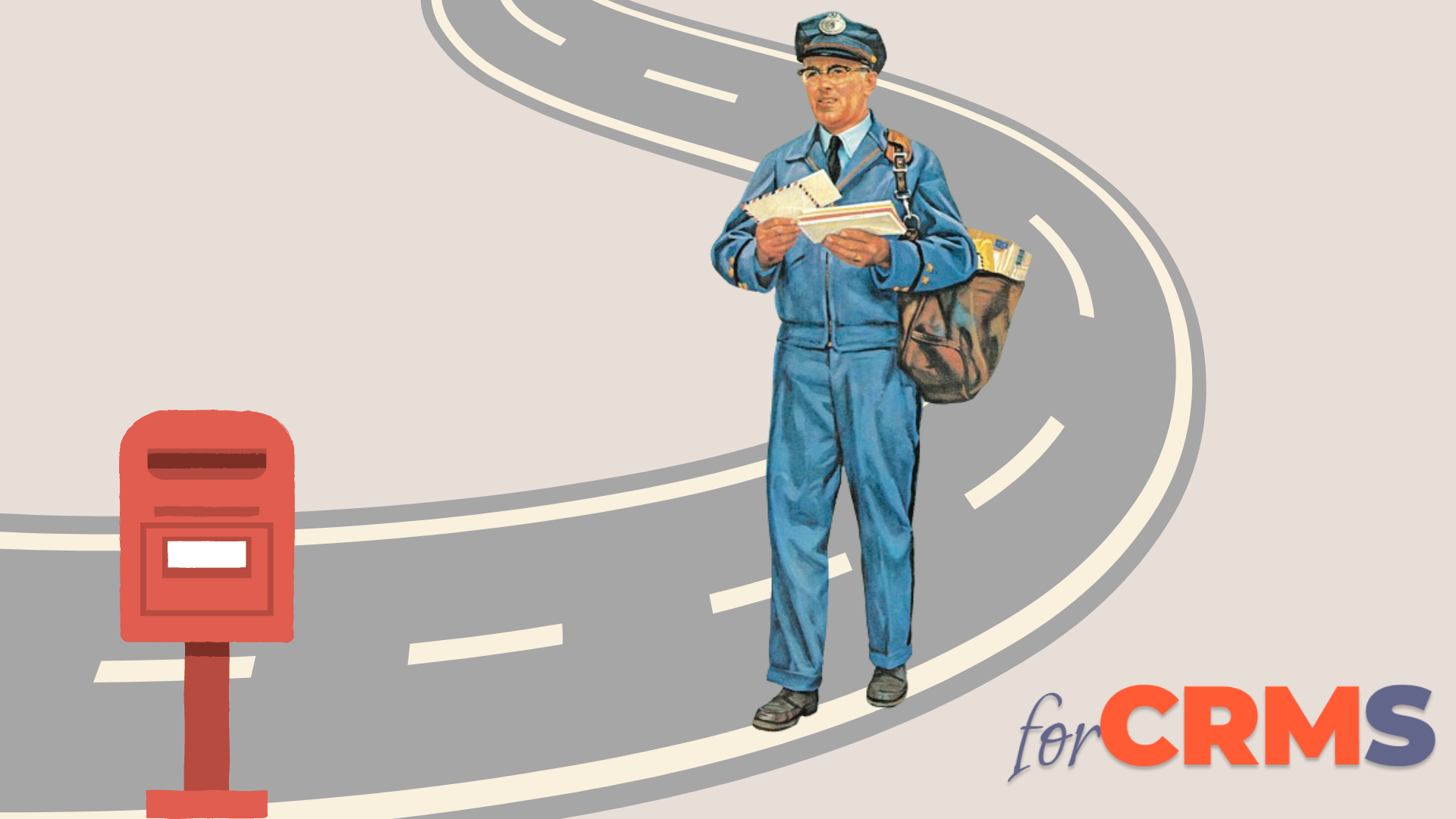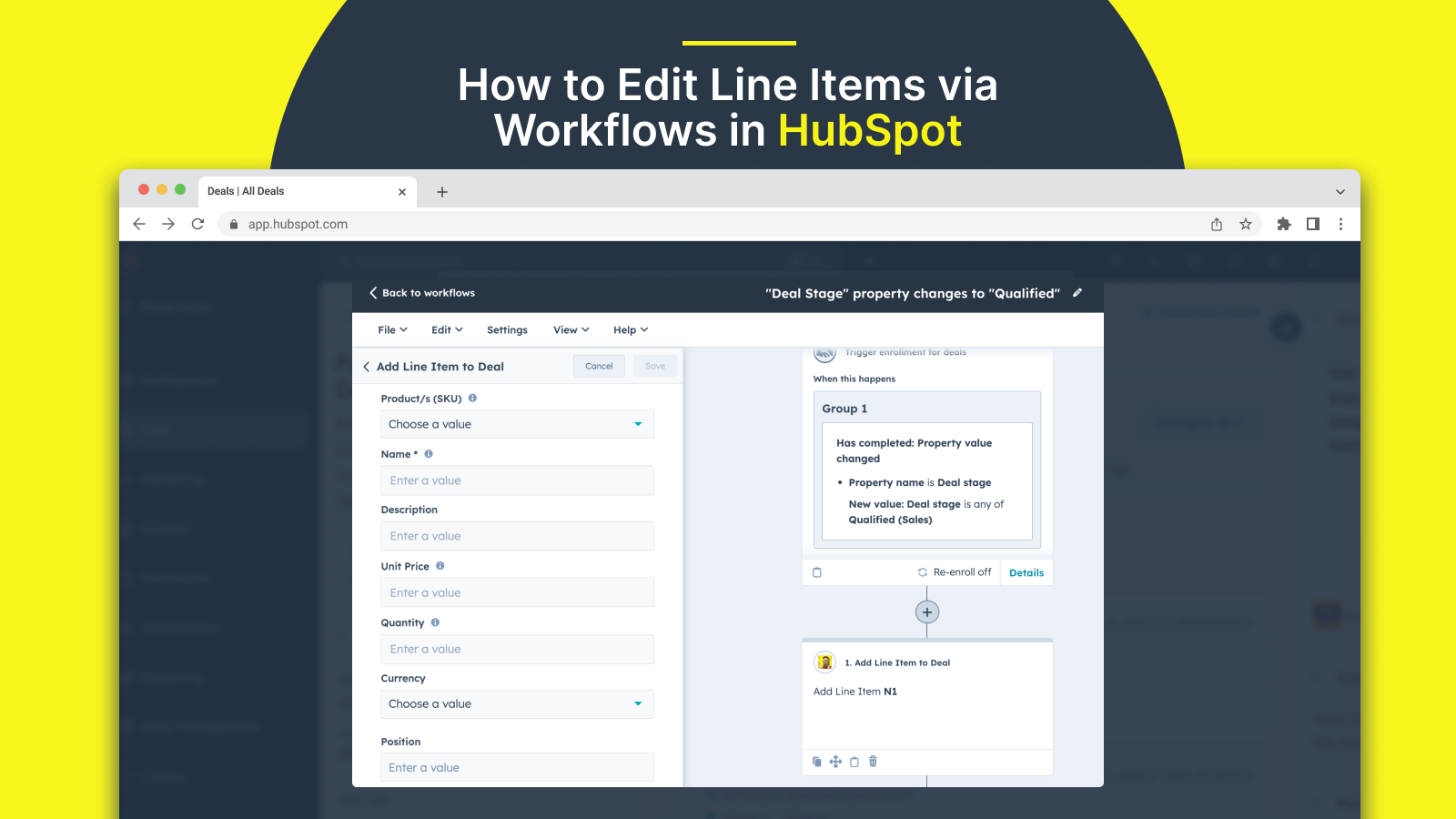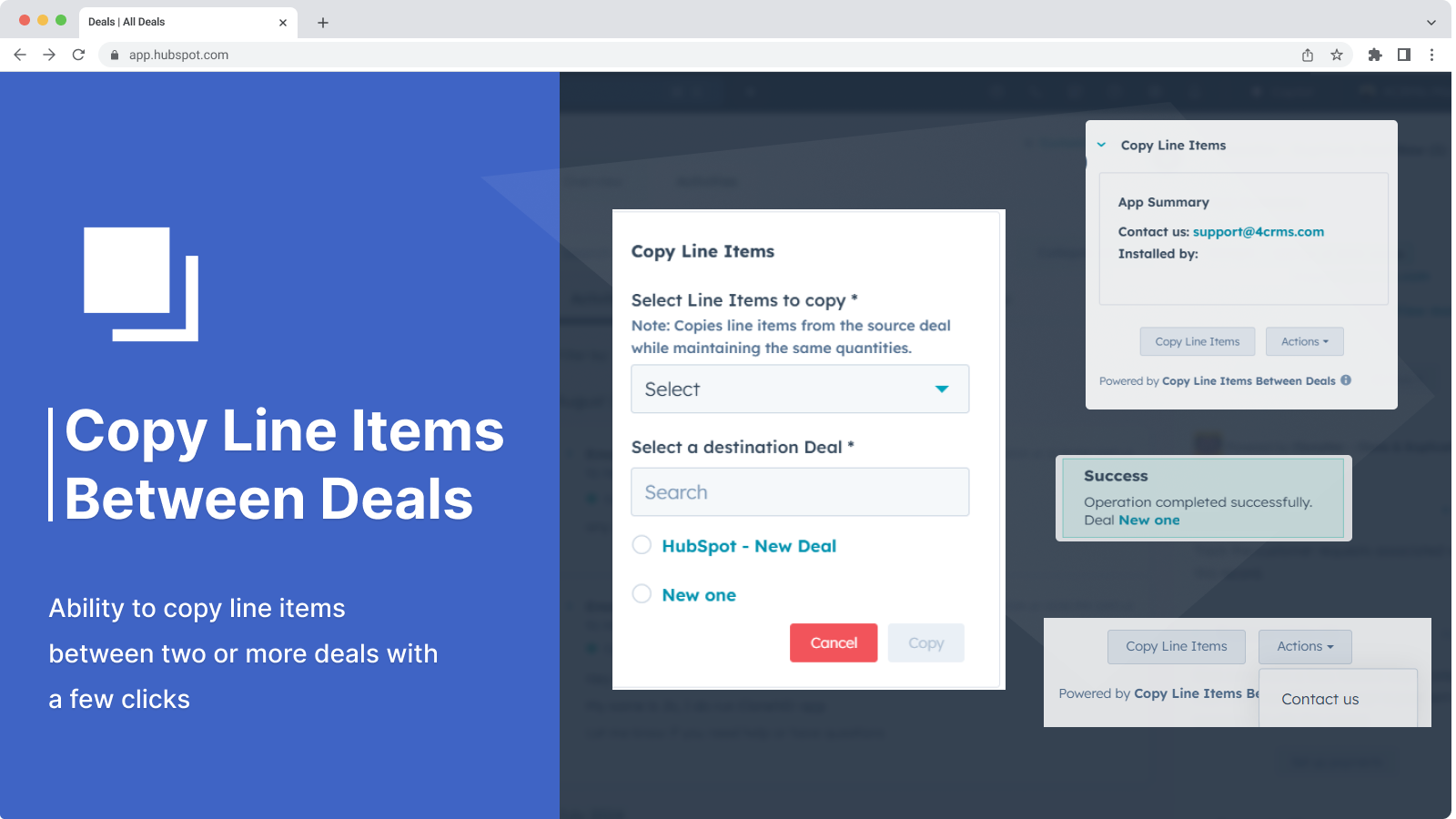"Timeless, yet invaluable" is the sentiment echoed by seasoned professionals when it comes to email marketing, and we're here to reaffirm its enduring effectiveness.
From fostering meaningful connections with customers to bolstering sales and brand perception, email marketing has solidified its position as a cornerstone of communication between businesses and their audiences.
Today, we delve into the implementation of email marketing channels, addressing the pivotal questions of "Why?" and "How?" regardless of your business's stage—whether you're a seasoned entrepreneur or launching a startup, our guide offers pertinent insights.
We'll walk you through best practices, offer practical implementation tips, and steer you clear of common pitfalls while enhancing your overall strategy.
Additionally, integrating Customer Relationship Management (CRM) software into your email marketing strategy can greatly enhance your efficiency and effectiveness. CRMs like 💥 Thryv, 💥 Pipedrive, and 💥 Freshdesk offer robust features that streamline customer interactions, automate processes, and provide valuable insights. By seamlessly integrating these CRMs with your email marketing platform, you can better manage customer relationships, track interactions, and personalize communications. Leveraging the power of CRMs ensures that your email campaigns are not only engaging but also tailored to meet the specific needs and preferences of your audience.
[Related Article: Top 10 Free HubSpot Apps in 2024]
Why do you need email marketing?
Amidst the expanding landscape of social networks and SMS marketing, marketers and business proprietors are recognizing the pivotal role of email as a primary platform for integrating supplementary marketing tools. Its enduring efficacy in sustaining high levels of engagement and revenue is increasingly apparent.
Constant Contact forecasts that the global email marketing market will soar to $17.9 billion by 2027, a significant leap from the $7.5 billion estimated in 2020. Such projections command attention even from the staunchest skeptics.
Benefits of email marketing for your business
 Why should you take on email marketing? Email marketing is an inexpensive, versatile, and highly effective tool when used correctly. It can fulfill the needs of both B2B and B2C projects. Speaking about the advantages of this type of marketing can take a long time, but we will focus on the main points:
Why should you take on email marketing? Email marketing is an inexpensive, versatile, and highly effective tool when used correctly. It can fulfill the needs of both B2B and B2C projects. Speaking about the advantages of this type of marketing can take a long time, but we will focus on the main points:
Low costs
Currently, email marketing is the most affordable marketing tool. According to various studies, the ROI (return on investment) of email marketing ranges from $36 to $45 for every dollar spent, depending on the niche. Large budgets are not required for creating and launching email campaigns, yet the results won't keep you waiting long.
Audience loyalty
The email channel allows you to build strong relationships with your audience. By sending interesting, useful, and most importantly, personalized content, you increase the loyalty of your clients.
Increased sales
Email marketing allows you to remind customers about viewed products, provide information about discounts, and implement cross-selling and upselling by integrating the email system with your website. By tracking the targeted actions of the customer, you can remind them of the products or services they were interested in, thereby increasing the average check.
Process automation
Email marketing enables the automation of tasks that previously required a separate specialist. Purchase confirmations, reminders about abandoned carts or search queries, personalized offers - all of these will work autonomously, saving time and resources for your employees.
Overall, email marketing automation contributes to optimizing communication processes and facilitates the achievement of business goals, considering the individual needs of each client.
Difficulties faced when implementing email marketing
Regrettably, there's no such thing as a flawless marketing tool, and when delving into email marketing, it's crucial to acknowledge the challenges that businesses frequently encounter, especially in the initial stages.
These include:
Spam and Filters
Email services and users employ built-in spam filtering systems, which can flag emails as potential spam content. Adhering to a set of rules and guidelines can help minimize the risk of being marked as spam.
Unsubscribes
It's essential not to hold onto disinterested subscribers. However, a high volume of unsubscribers indicates a need to reassess your email content to ensure it's valuable and pertinent, without overwhelming recipients with frequent emails.
Legal Compliance
Email marketing is governed by various legal regulations, such as GDPR in Europe or the CAN-SPAM Act in the USA. Before commencing email campaigns targeted at other countries, it's imperative to acquaint yourself with all local requirements regarding the storage and utilization of user data.
Competition
The competition within email marketing can be intense. Marketers' attention is increasingly sought after, and the potential of email marketing continues to expand. To distinguish yourself, craft unique content, and, most importantly, listen to your audience's preferences and feedback.
Email funnel: what and why?
 Broadly speaking, the marketing funnel delineates the journey a customer traverses from brand awareness to product or service purchase, ultimately transforming into a loyal patron. Similarly, an email marketing funnel mirrors this trajectory, albeit leveraging email marketing tools and strategies.
Broadly speaking, the marketing funnel delineates the journey a customer traverses from brand awareness to product or service purchase, ultimately transforming into a loyal patron. Similarly, an email marketing funnel mirrors this trajectory, albeit leveraging email marketing tools and strategies.
Crafting an efficient email funnel entails considering pivotal factors:
- Traffic denotes a steady influx of potential customers.
- Content comprises valuable or informative material intended to generate traffic.
- Tools encompass mechanisms facilitating the conversion of page visitors into newsletter subscribers.
How to create an email funnel?
-
Generating Traffic
To maintain a steady flow of targeted traffic through your funnel, prioritize creating high-quality content. Typically, this involves crafting compelling landing pages (featuring checklists, lectures, or guides) and implementing subscription forms (such as double-opt-in forms on site pages).
-
Engaging Potential Customers
At this juncture, it's crucial to ensure that your offer aligns with the content you're providing and to optimize subscription forms for increased conversion rates.
-
Nurturing Leads
Through Funnels Lead nurturing entails fostering relationships with your audience by delivering valuable content to them.
Various strategies for nurturing leads include:
- Welcome Email Series: These emails introduce readers to your company, may contain links to useful content, and help build anticipation for subsequent emails.
- Personalized Campaigns: Sending generic emails to your entire subscriber base initially can dampen conversion rates. Therefore, it's optimal to tailor separate workflows for different segments based on their actions in previous funnel stages.
How to set up email marketing from scratch?
 Marketing devoid of strategy leads nowhere, and email marketing is no exception. A well-defined plan is paramount, providing clarity on your objectives and the path you intend to take.
Marketing devoid of strategy leads nowhere, and email marketing is no exception. A well-defined plan is paramount, providing clarity on your objectives and the path you intend to take.
-
Establish Clear Goals: Begin by pinpointing precisely what you aim to achieve through email marketing. Goals may vary widely, from boosting sales to attracting new customers or fostering loyalty among existing ones. Remember: set realistic goals with deadlines to facilitate evaluating the effectiveness of your efforts.
-
Develop a Comprehensive Strategy: While goals address the question "What do you want to achieve?" the strategy addresses "How will you achieve it?" Devote ample attention to crafting your email strategy; a well-defined plan will streamline your efforts. Identify key performance indicators (KPIs) crucial to your business and monitor them closely. Ensure your strategy addresses three critical questions:
- Who is your target audience?
- What topics do you wish to cover?
- What objectives do you aim to accomplish with your emails? If your strategy provides clear answers to these questions, you're on the right path.
-
Prepare Your Database: If you already possess a contact database, validate it before commencing operations, and ideally, segment it. Several online services like ZeroBounce, QuickEmailVerification, or Email Checker can assist in this process. If lacking a database, initiate collection efforts. Organic collection via subscription forms on websites or landing pages is recommended. Importantly, refrain from purchasing contact databases or harvesting them from open internet sources, as these methods are unreliable and may lead to complications.
-
Select an Email Service Provider (ESP) Platform: An array of ESP systems exists in the market. When selecting a platform, consider the features you require and your budget. A reliable ESP system should offer:
- Drag-and-drop editor
- Automated email sequences
- A/B testing capabilities
- Transactional emails
- Contact segmentation based on activity levels Verified platforms include Mailchimp, SendinBlue, SendPulse, and eSputnik.
-
Craft Compelling Content: Develop high-quality content tailored to your email campaigns. Content may encompass news, promotions, tips, informative articles, etc. Ensure diversity and relevance to your audience. Pay attention to email design; while engaging a designer is ideal, starting with simple templates available in most ESP systems is feasible on a tight budget.
-
Plan Your Campaigns: Outline a content calendar for your emails, specifying the frequency, topics, and sending dates. There's no one-size-fits-all advice on email frequency; it varies based on individual circumstances. However, we recommend limiting initial mailings to once a week to avoid overwhelming subscribers and risking unsubscribes or being marked as spam.
[Related article: Exploring Marketing Trends 2024]
Result
- Email marketing is the most cost-effective tool for business development.
- Don't be afraid of the difficulties that businesses often face in e-marketing.
- Email marketing funnels help convert a lead into your customer.
- The basis of successful e-mail marketing is a correctly developed strategy.






.png)